The japanese brand Hirobo is well known into the RC world for its leadership in the RC helicopter world. Starting in 1973, Hirobo Limited designed and released a range of RC vehicles, at first 1/8th Gas-Powered off-road and on-road models targetted to the Asian market. From 1983 and the release of their first Electric-Powered car, Hirobo became one of the major brands seen in catalogues and magazines around the world.
The Bearcat SS 2WD began to be sold in Europe in 1987. Even if its design and performances were superior to most leisure-oriented chassis available from other famous brands at the time, it was never meant to be seriously raced.
![]()
| Technical data : – Length: 400mm – Width: 250mm – Height: 125mm |
– Wheelbase: 260mm – Weight ready to run: 1,500g – Price as per january 1988: 1130 Francs (172 €). |
The manual is very precise, well illustratred and was supplied with a translation into French made by Scientific France, the period French agent. It doesn’t take long to assemble the whole car.
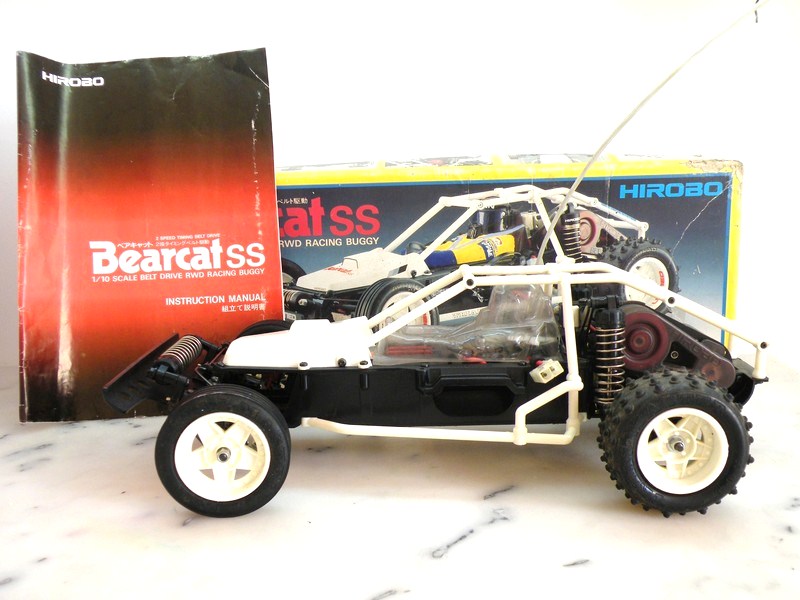
At first sight, the box looks unusual due to its size: 50cm long, hardly 11cm high and 18,5cm wide. This was due to the monocoque chassis being one-piece from front to the motor rear guard. The car was supplied partly pre-assembled, wheel arms, gearbox and dampers being factory assembled.
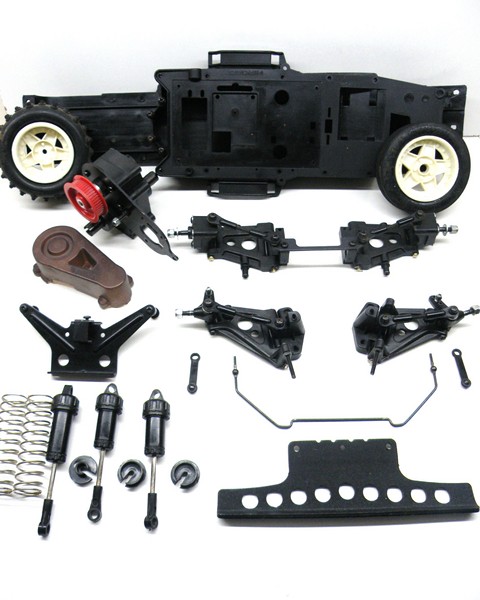
Surprisingly, the plastic is very soft and it is only once the upper deck is mounted that the Bearcat becomes rigid as it is meant to be.
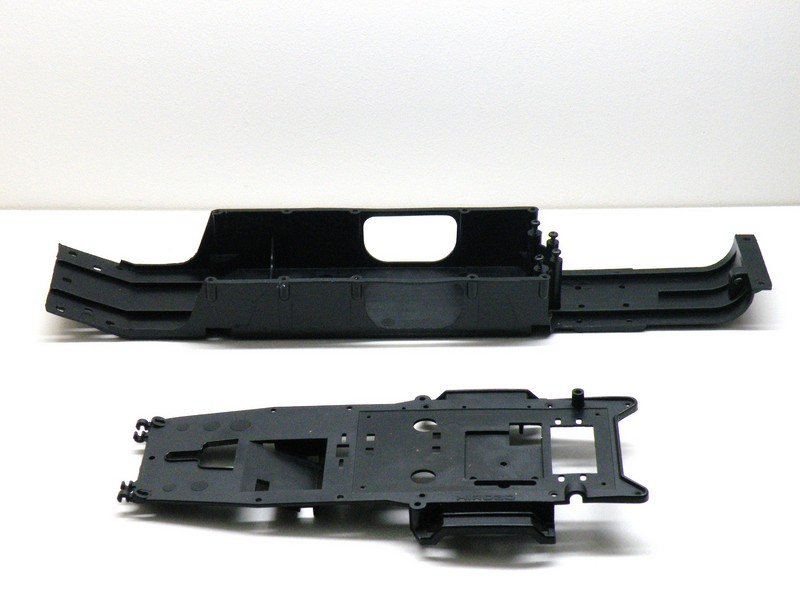
The factory-assembled gearbox uses 2 belts, one inside the differential housing and the second linking the gearbox to the motor.
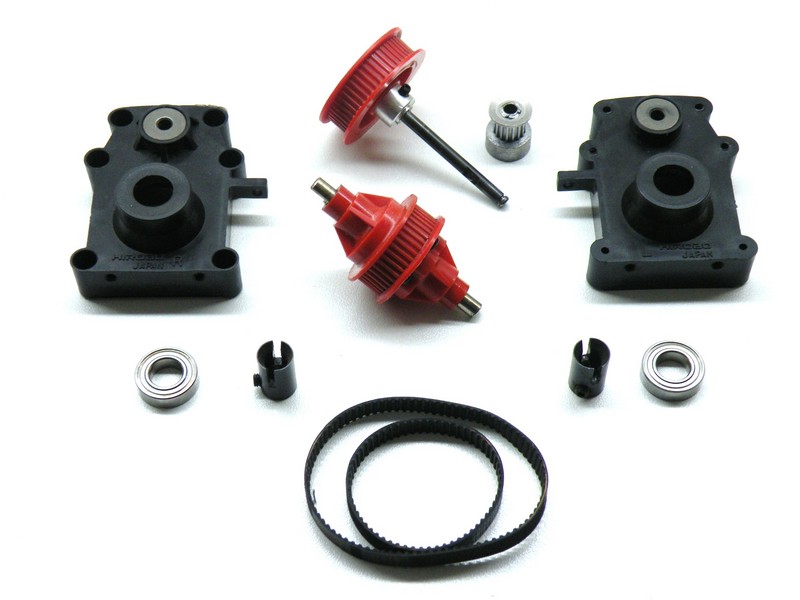
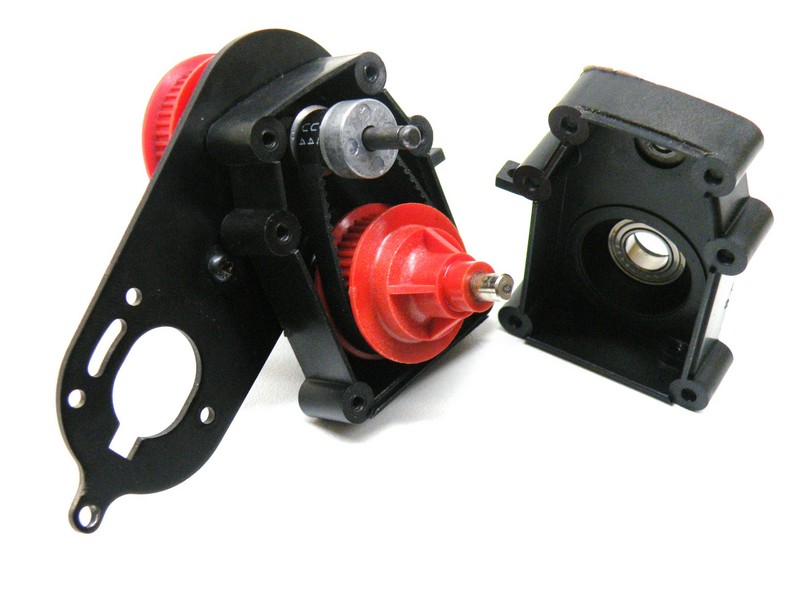
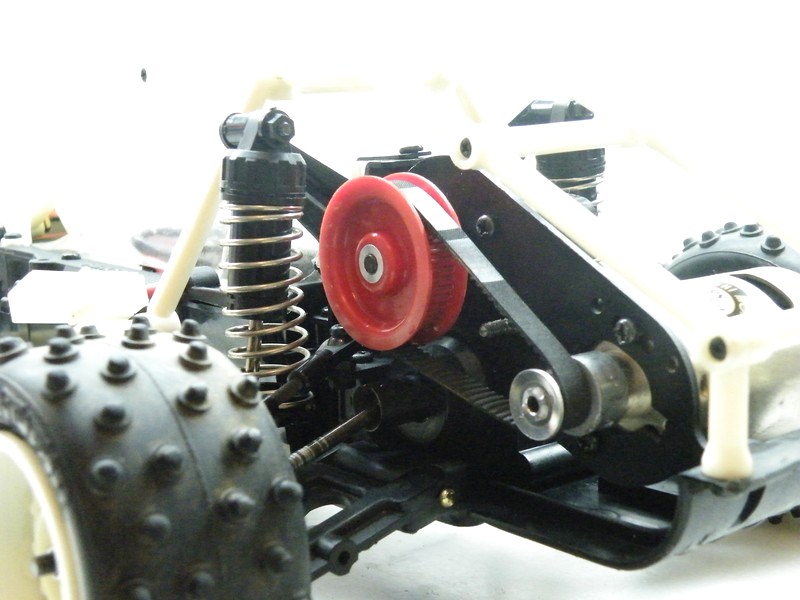
In stock form, the front drivetrain features an anti-roll bar. The rear drivetrain receives a reinforcing bar to couple it with the gearbox. As every molded plastic part on the Bearcat, the arms look well molded but their thinness and their stiffness probably make them fragile.
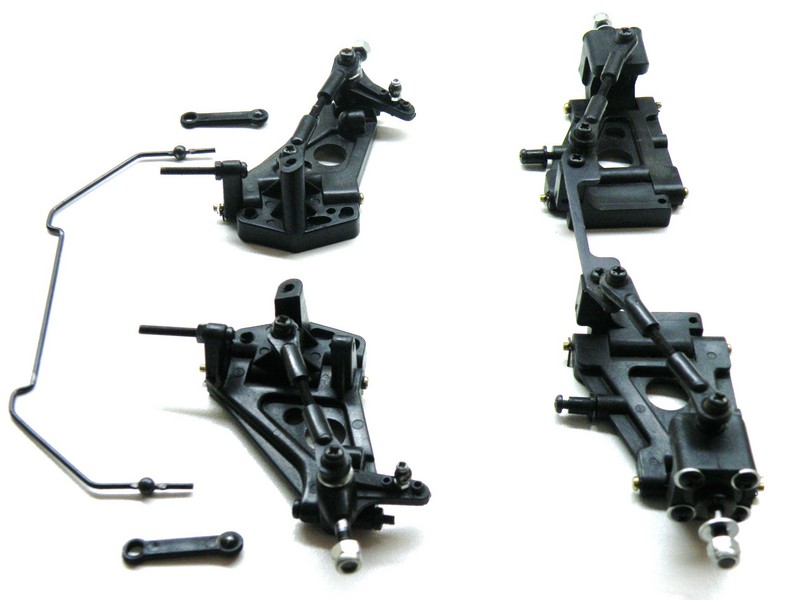
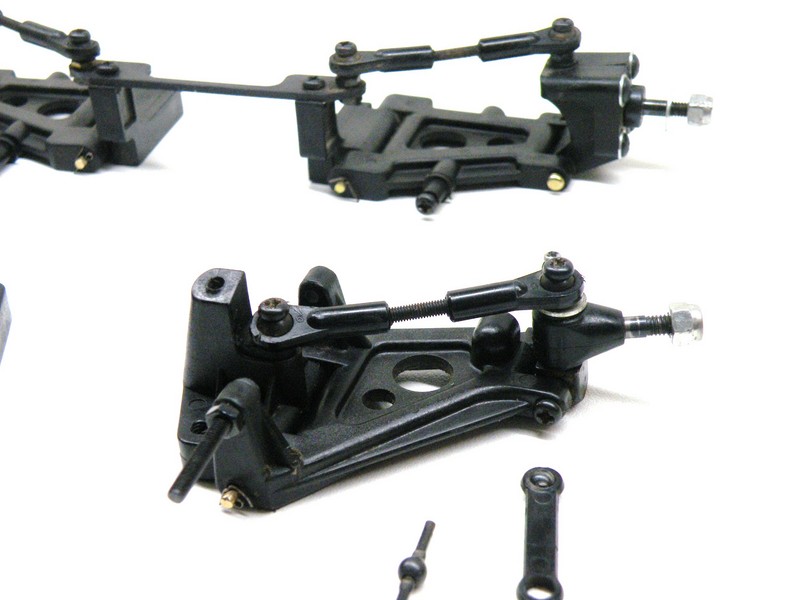
Three hydraulic plastic dampers handle the chassis suspension, among which a front monoshock. Spacers between the cap and the oil tank allow suspension setup.
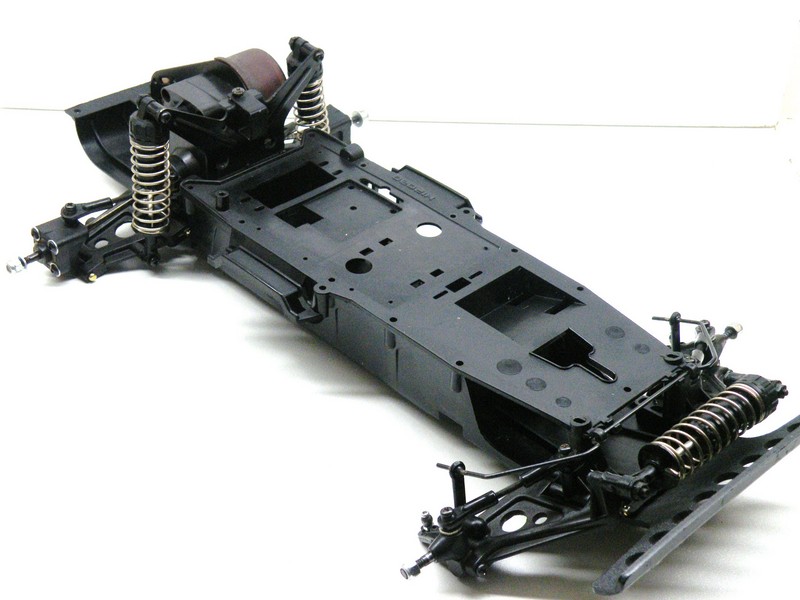
Electronics take place onto the upper deck with kit-supplied double-sided tape and plastic collars. The kit-supplied 2-step mechanical speed controller is protected below the lexan molded driver. It will operate the inevitable Mabuchi RS540SH motor.
The kit also features a BEC system, saving the Bearcat from the extra weight of 4 dry cell batteries to supply power to the receiver.
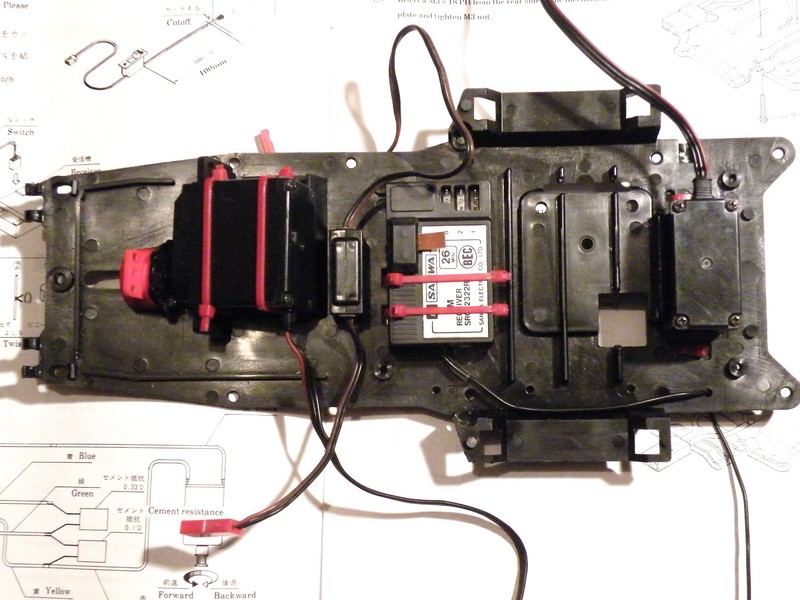
The chassis rides on 4 highly detailed rims wearing soft compound Trial Master tires, ribbed tires at the front and pin-spike at the rear.
A solid white roll-cage stands as the bodyshell. It offers the Bearcat SS a pleasant sand buggy look and perfectly protects electronics from unexpected stunts.
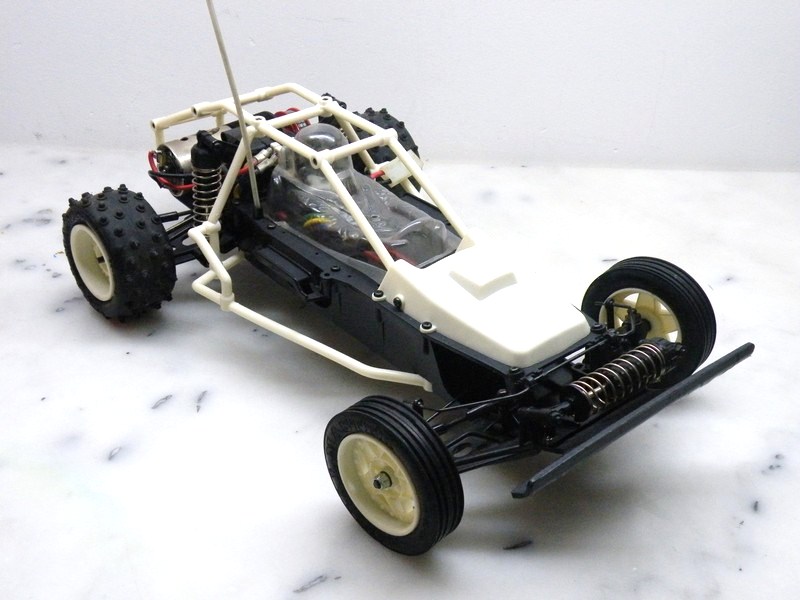
The Bearcat SS holds a very special place into my collection since it was my first real RC model bought in january 1988. I only keep excellent memories with it, and I can’t remember how many times I may have charged the battery packs using the 12V battery from my father’s Renault 11 real car. At the time, my Bearcat never suffered either breaks nor heavy maintenance period. One year of good runs later, I had to sell this car to fund a better racing chassis that was the Kyosho Optima I still own.
In 2010, I bought another Bearcat SS, the one I used to write this article: restoring it brought me back many feelings and memories.
Brice from RC4ON
About US
More photos in the gallery:
Hirobo BearCat SS
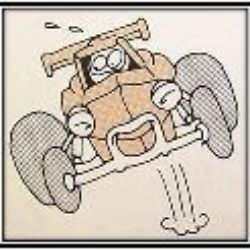




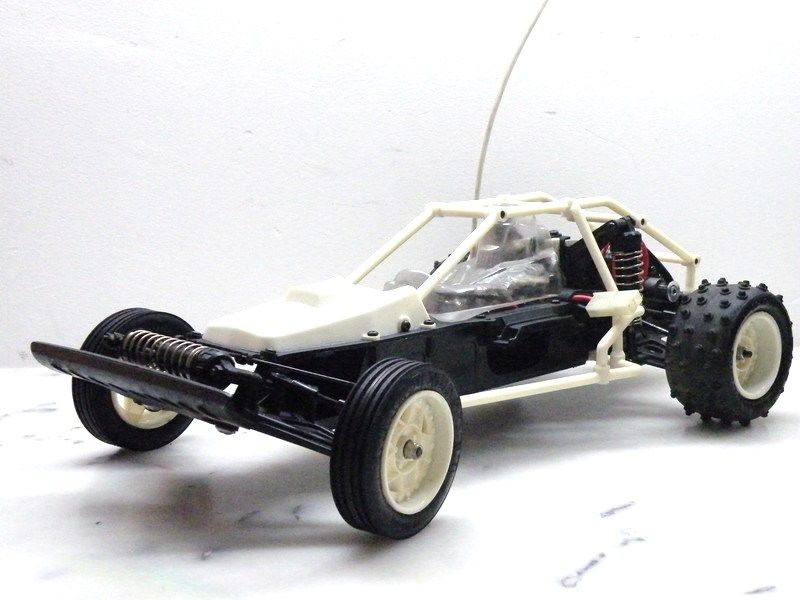
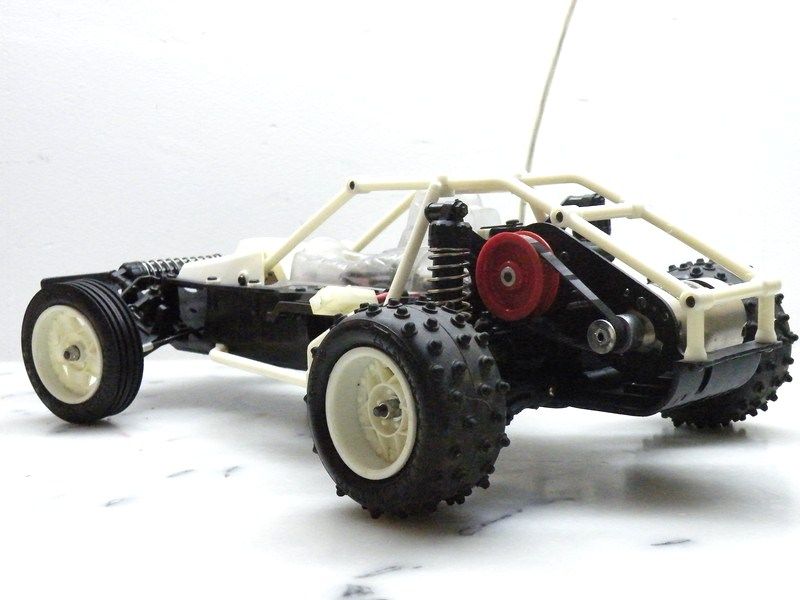
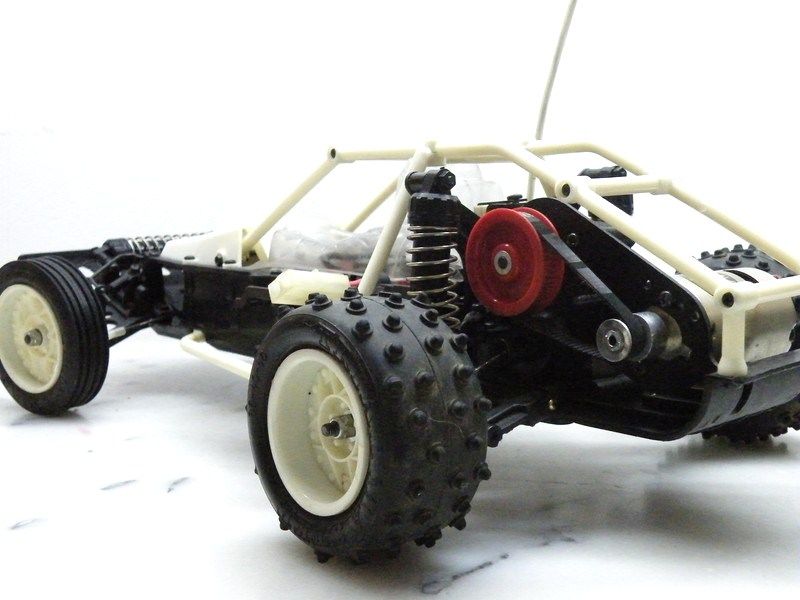


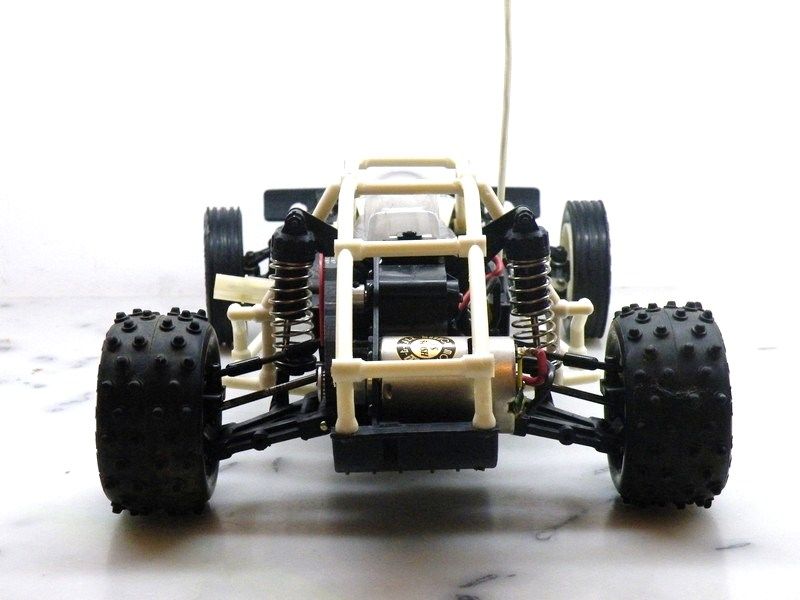

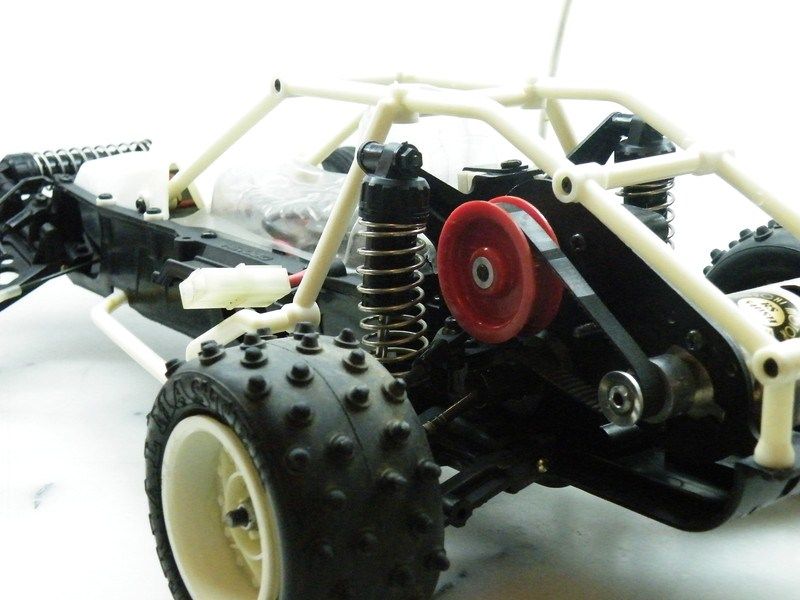
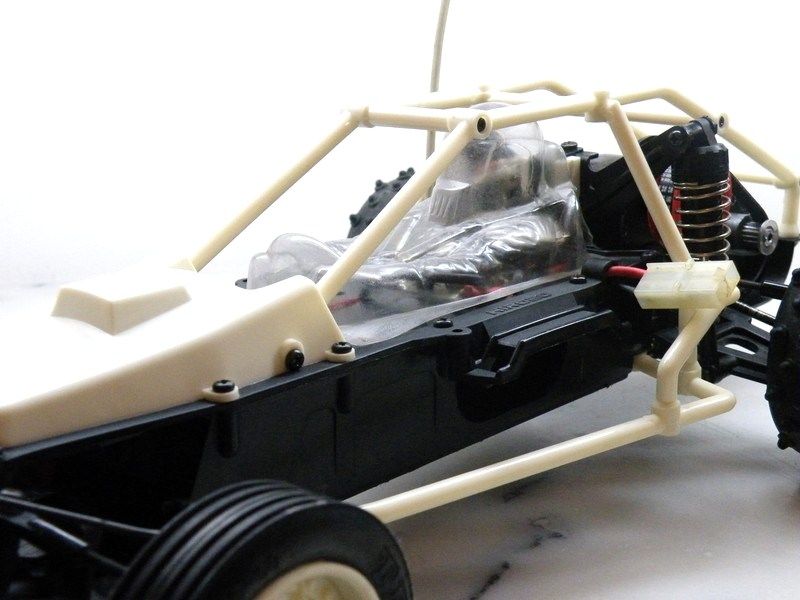
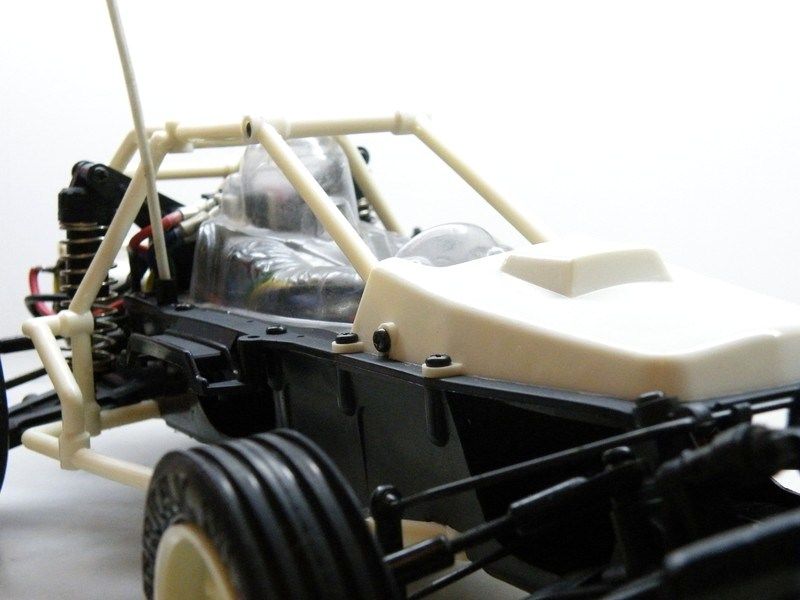
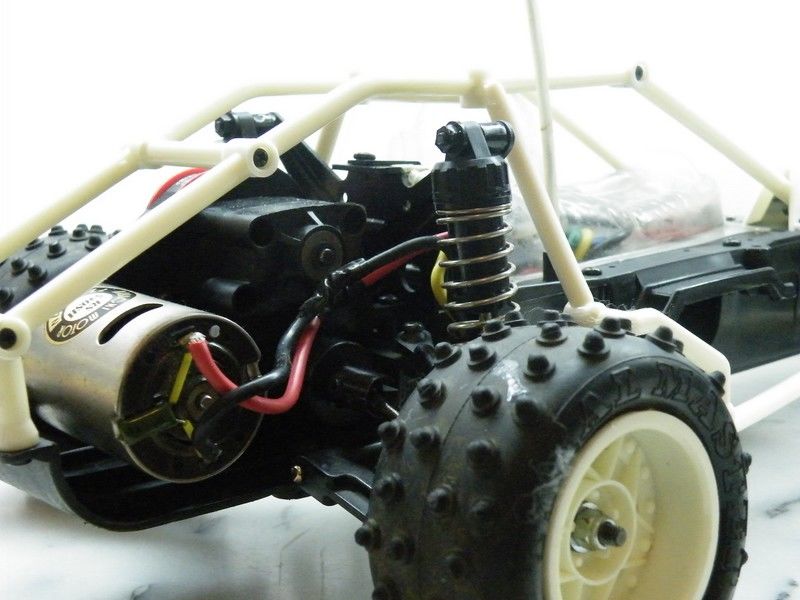
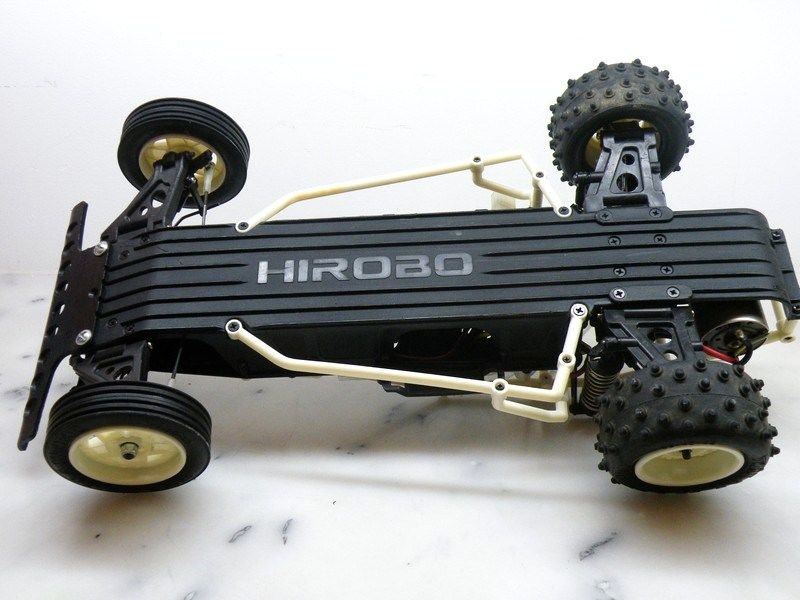
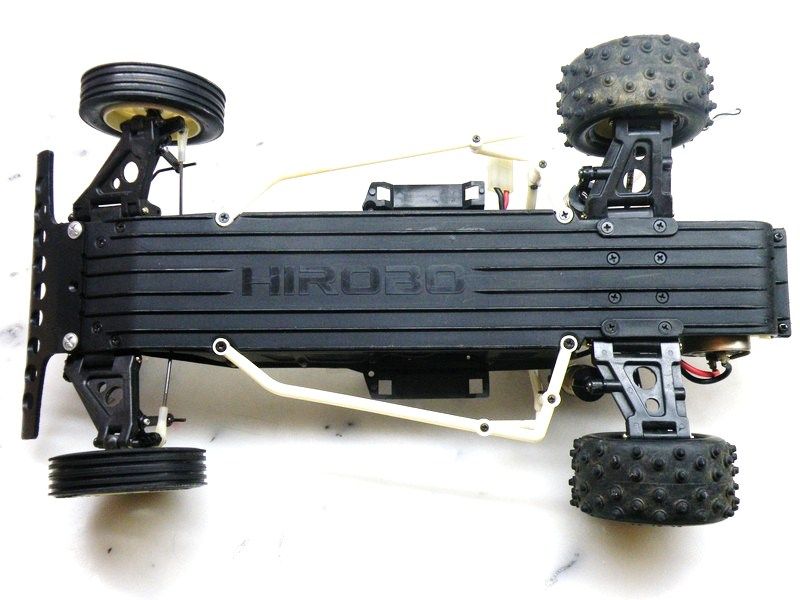
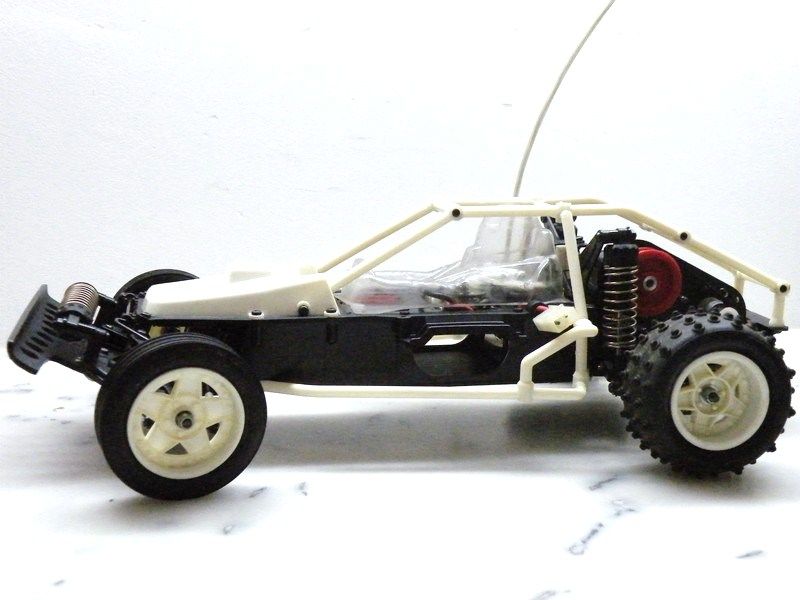
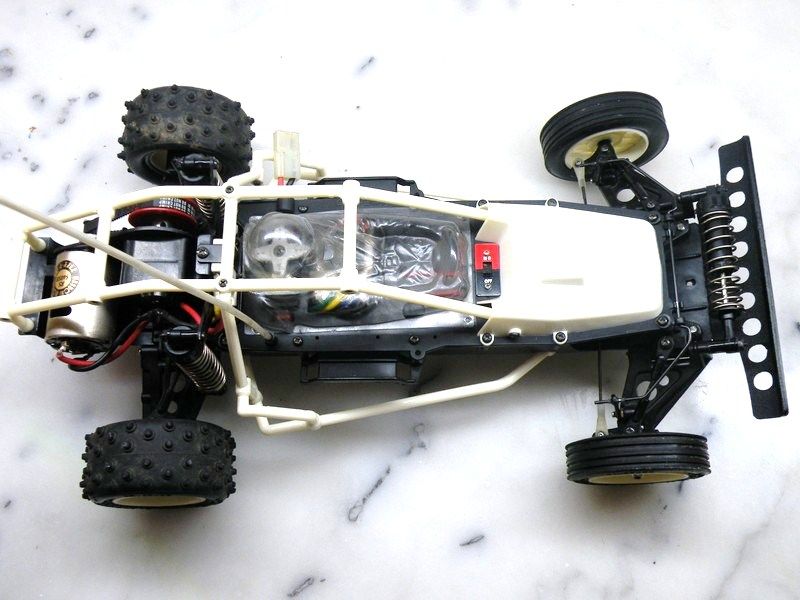



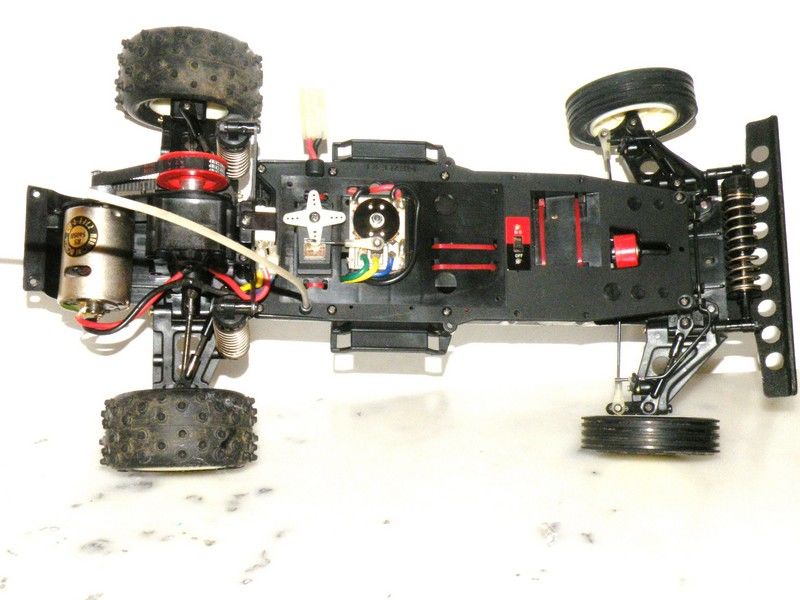





1 comment on “Hirobo Bearcat SS 2WD”
genial article, je n avais jamais vu de photos aussi detailles de cette voiture que je ne connaissais peu – merci!
Paul